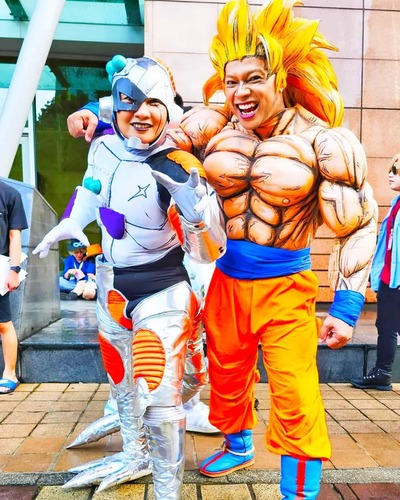Slm...
Arini aku nk bercerita lg ttg MHI yg tlh memanggil sorg professional photographer mr.noor azam dr NEUR Maya Photography...walaupun session tu skjb around 10-15mints only..tp inf yg diberi mmg padat & snang difahami..especially beginner mcm aku...ho3..Antara info yg aku dpt dr session td ialah :
Jika saya mahu memiliki sbuah DSLR. Ape aspek2 yg perlu diambil kire...
mr.Azam had 6 technical aspek thatt we can use b4 buy the DSLR
i. Image Quality :Usually camera SLR ade saiz sensor yg lbih besar brbanding dgn camera compact & scr x langsung dgn adenyer saiz sensor yg besar, kualti sesuatu imej akn lbih baik serta keupayaan guna ISO yg tinggi. Lbih besar sensor lbih byk ruang tuk serap chy & scr x langsu jgkng akan kurangkn grainy(kite still lg carik maksud "grainy" nie..hu3) bile gune ISO tinggi..
ii. Ergonomik :Means...bentuk ergonomik & handling yg baik..kalau kite tsalah pilih ergonomik (rasenyer kekemasan semasa memegang camera kot) ia akn beri kesan tuk jangkamasa pjng dmana kita akn rasa x selesa & sakit. Mr.Azam syorkan supaya any photographer pilih body yg ade vertikal grip..
iii. Ciri2 kwlan camera / man-machine interface :Dgn adenyer button yg besar & jelas..ia akn memudahkn sett. ditukar dgn cepat & tepat..kata mr.azam..usually..picture / istilah yg slalu photographer guna ialah 'magic moment' berlaku dgn pantas & mgkin hanya satu saat jer..So..photographer xde mase tuk carik sett..at lease kalu ade basic cntrl mcm aperture, shutter, exposure compensation kene/mesti straightfwd.
iv. Viewfinder :Viewfinder yg besar memudhkn faktor komposisi objek2 yg x diingini & xdpt dihindari. Cth fungsi viewfinder adlh spt dlm memfokus ssuatu pic.
v. System Focus :Ssbuah camera yg baik sharusnyer boleh memfokcus dgn pantas dlm keadaan yg kurang chy..klewatan focus akan mnyebabkn photographer yg tlepas susuatu moment yg berharga..Sistem focus terletak pd body..body yg akn send signal tu lense tuk difocus & lense pon kene laju jgk..Means..system focus nie combination abt 2 tools body & lense..
vi. Sensor Cleaning :Ciri2 nie penting tuk make sure lense sntiase bersih dr habuk..Ciri2 nie jgk bleh jimatkn mase & wang...kalu dibiarkan habur yg ade pd pasa sensor..lama klamaan ia akan merosakkn sensor kite..
Kat sini jgk kite perlu ade tool kit yg bleh kite bli/dpt tuk bersihkn lense...cth tool kits lense cleaning yg terdpt dpsran adlh mcm pic nie...:

 Lg..photo contest...but this contest is for fathers day...just captured you father pic & make essey < 1000 chars dlm bahasa melayu..upload pic & send... Prize :
Lg..photo contest...but this contest is for fathers day...just captured you father pic & make essey < 1000 chars dlm bahasa melayu..upload pic & send... Prize :




















































